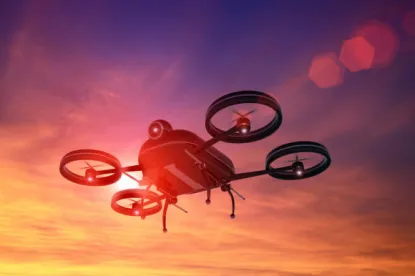The Virginia Tech Mid-Atlantic Aviation Partnership (MAAP) was selected to lead one of the teams participating in the Federal Aviation Administration’s (FAA) unmanned aircraft systems (UAS) traffic management (UTM) Field Test. The UTM Field Test is a research project designed to evaluate the technology and standards being developed to help safely coordinate and prioritize drone flights as drone activity in the low-altitude airspace continues to increase and expand across industries.
MAAP’s UAS test site, as well as the Lone Star UAS Center of Excellence and Innovation at Texas A&M University Corpus Christi test site and eight other technology companies, will collaborate with the FAA and NASA on this project. While drone technology is capable and scalable, regulations are still evolving and UTM is far from perfected.
The goal of the research and testing is to create and build better technology that can safely schedule and prioritize flights to prevent interference with flight paths. Safely managing drone traffic requires diverse sources of data routed through multiple software platforms. Each of these technologies is being developed by individual companies, with oversight and evaluation from the FAA through research programs such as this one. In order to achieve success, there must be a diverse array of industry participants. UTM will be successful only if as many stakeholders as possible are involved.
Through test flights, these researchers and technologists will explore how to safely schedule and prioritize multiple UAS operations. The team hopes to find answers to questions such as how the industry can facilitate seamless interactions between software from various companies; how to prioritize critical public safety and medical flights; and how to provide access to information about a drone so that public safety officials can use that data for security and law enforcement while still protecting the privacy rights of operators and others. Cybersecurity will be a major theme throughout these tests. As digital signals bounce between drones, drone operators, and software platforms, there must be safeguards in place to protect sensitive information and verify that operators and other participants are truthfully representing their identities. This project and collaboration are yet another way that delivery by drone and UTM will advance.



 />i
/>i

